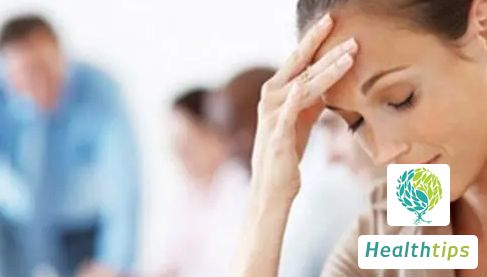Why Do I Feel Exhausted the Day After Scraping?

Scraping therapy is a very common health preservation practice in traditional Chinese medicine. It has the effects of regulating qi and blood, promoting blood circulation to remove blood stasis, relaxing muscles and collaterals, and expelling pathogenic factors to detoxify. More and more people are beginning to accept scraping therapy. When first exposed to scraping therapy, some people may feel tired and always want to sleep. This is because the blood circulation is accelerated, which is a normal physiological phenomenon and will not have an impact on the body.
If you feel tired the day after scraping therapy, it is because the scraping board scraping on the skin causes the blood circulation to accelerate, making you feel very tired and sleepy. This is a normal reaction.
1. Avoid drafts and keep warm. Scraping therapy should be performed in a draft-free environment, and warmth should be maintained. When the room temperature is low, the exposed areas should be minimized. In high summer temperatures, scraping therapy should not be performed in areas with electric fans or convective airflows. As the pores of the skin open during scraping therapy, if exposed to wind-cold pathogens, they can enter directly through the open pores, which not only affects the efficacy of scraping therapy but can also lead to new illnesses due to exposure to wind-cold.
2. Drink a cup of hot water after scraping therapy. During scraping therapy, sweat is excreted and pathogenic factors are expelled, which consumes some bodily fluids. Drinking a cup of hot water after scraping therapy can not only replenish the consumed fluids but also promote metabolism and accelerate the excretion of metabolites.
3. Timing of bathing after scraping therapy. After scraping therapy, to avoid invasion by wind-cold pathogens, bathing should be postponed until the pores of the skin have closed and returned to their original state, generally about 3 hours later. However, during the bathing process, scraping therapy can be performed when the skin is still slightly damp. As the pores open slightly during bathing, scraping therapy at this time requires less time and has significant effects, but warmth should be maintained.
4. Avoid scraping the same area again. Before the petechiae from the previous scraping therapy have faded, it is not advisable to scrape the same area again. The interval between scraping therapies should be 3-6 days, with the fading of petechiae on the skin as the criterion. Supplemental scraping can be performed at other times to enhance the effect of fading petechiae.
5. Dietary adjustment after scraping therapy for detoxification. During scraping therapy, the diet should be light, and avoid excessive consumption of greasy and heavy foods. Targeted nutritional adjustments for the internal organs should also be made.



















